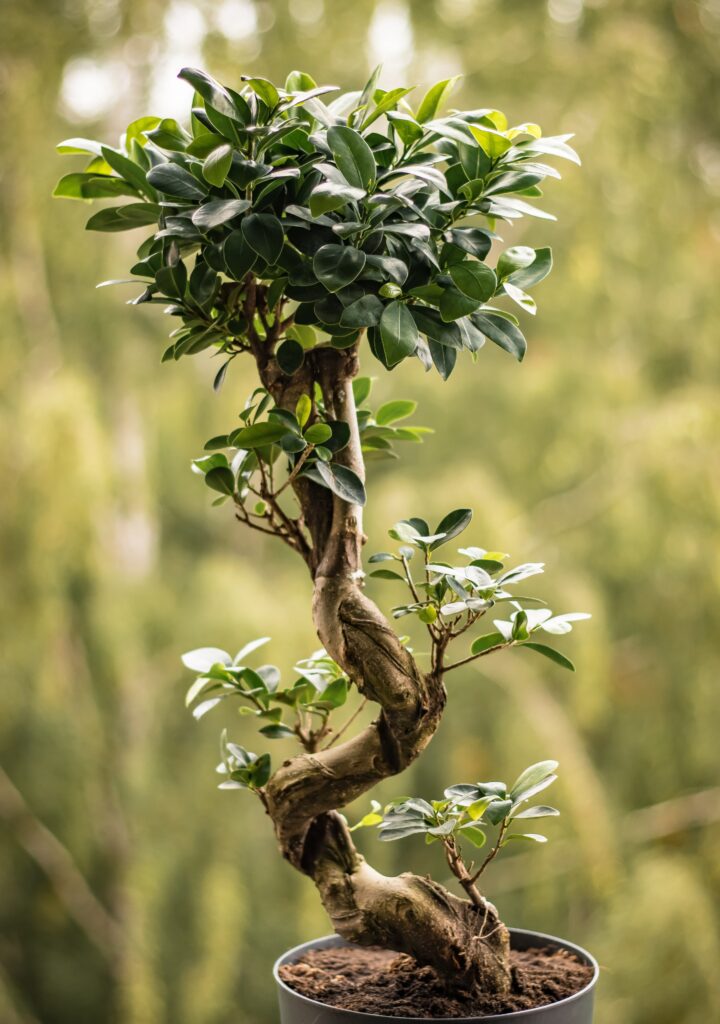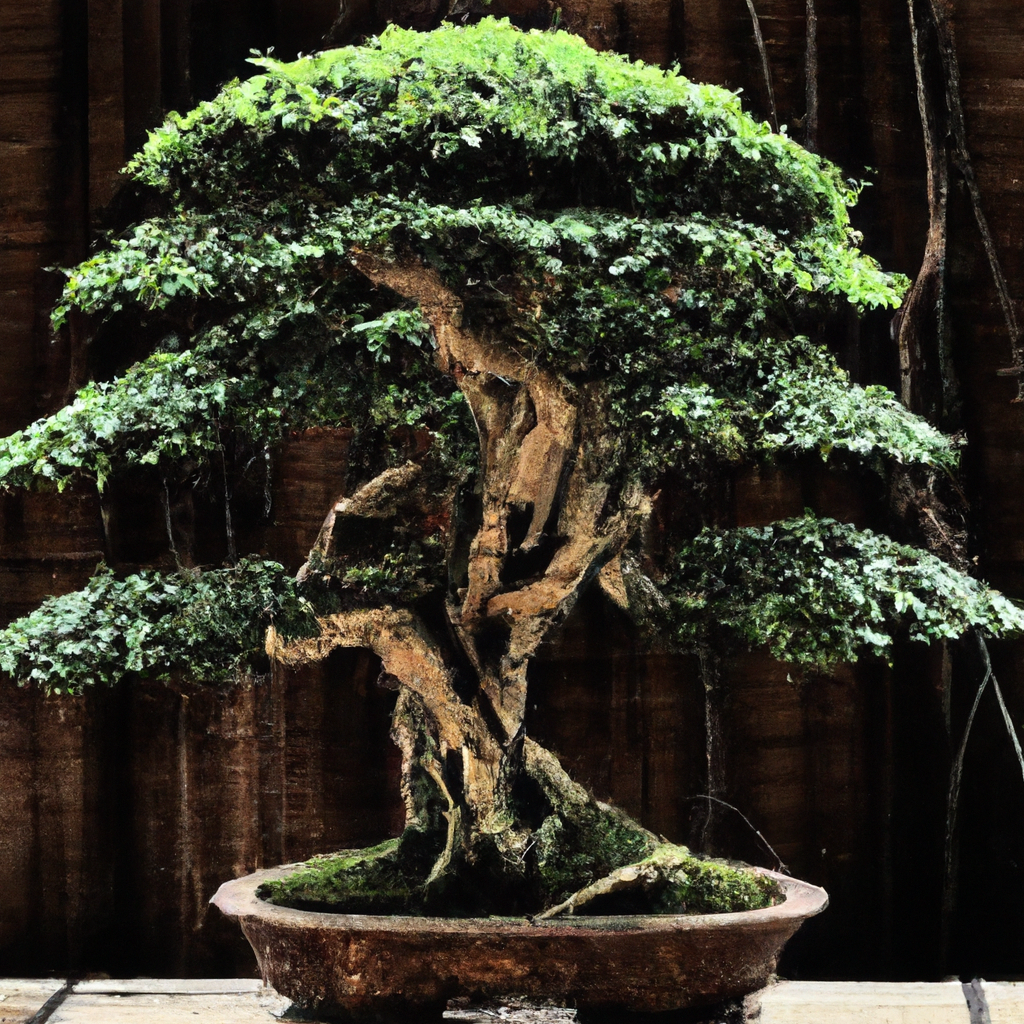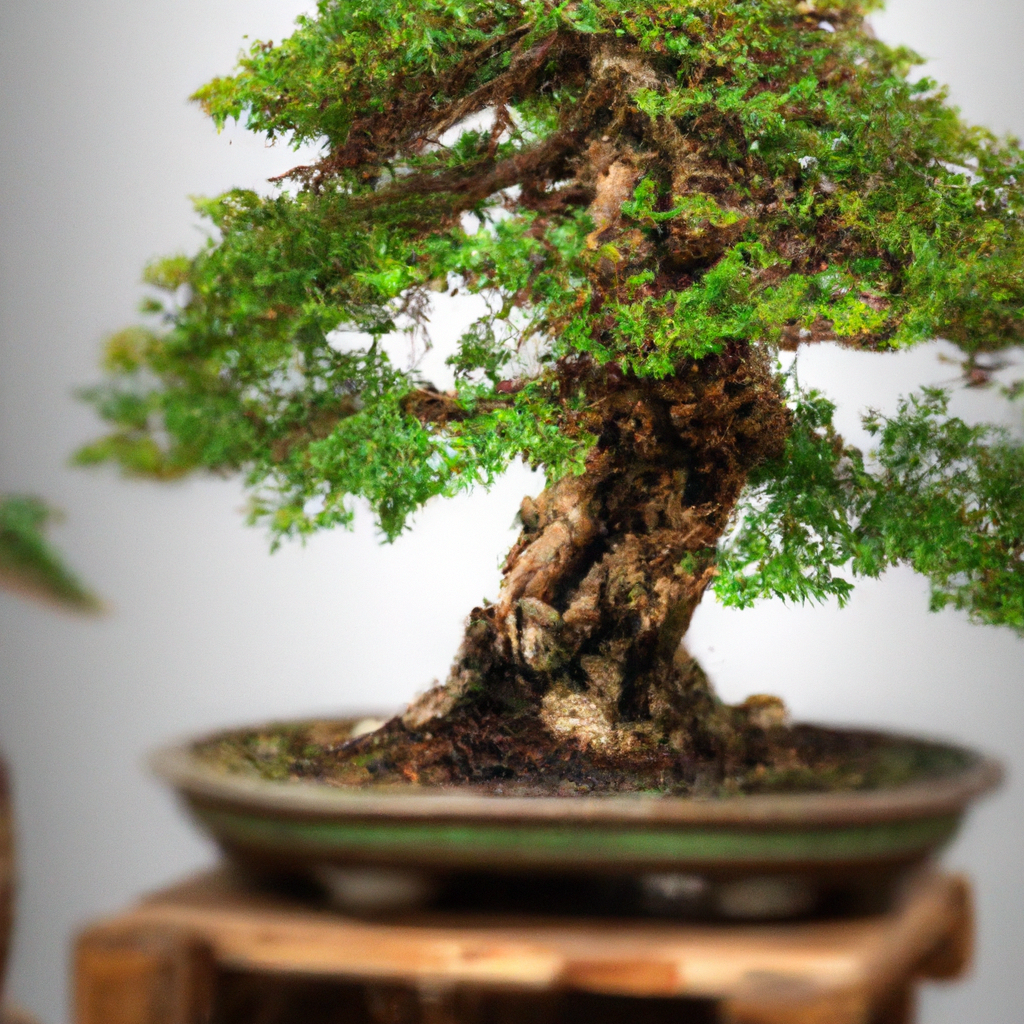
Have you ever wondered about the fate of a 400-year-old bonsai tree? In this captivating article, we delve into the intriguing tale of a remarkable bonsai tree’s disappearance and, more importantly, its potential return. The story unfolds with an air of mystery, leaving you eager to explore the intricate details surrounding this timeless treasure. Join us on this journey of rediscovery as we uncover the truth behind the fate of the 400-year-old bonsai tree.

Background
Origin of the bonsai tree
The art of bonsai cultivation originated in China during the Tang Dynasty (618-907 AD) but was later refined and popularized by the Japanese. Bonsai, which means “tray planting,” is the practice of growing miniature trees in containers. The trees, meticulously pruned and shaped, are intended to mimic the appearance of full-sized trees found in nature.
Significance of the bonsai tree
Bonsai trees hold great cultural significance in both Chinese and Japanese societies. They symbolize harmony, balance, and the beauty of nature. These miniature trees are not only masterpieces of horticulture but also works of art that reflect the rich cultural heritage of the East.
Loss and retrieval of the bonsai tree
In recent years, the theft of a 400-year-old bonsai tree shocked the world. This ancient tree, renowned for its rarity and beauty, had been in the possession of a respected bonsai master. The loss of such a significant historical artifact not only devastated the owner but also the entire bonsai community.
Historical Significance
Cultural value of bonsai trees
Bonsai trees have deep cultural value in East Asia. In China, they were associated with wealth and prestige, with emperors and noble families showcasing their collections. In Japan, bonsai became intertwined with Zen Buddhism and became a symbol of tranquility and reflection.
The art of bonsai cultivation
Cultivating a bonsai tree requires great skill and patience. Bonsai artists meticulously shape the tree using techniques such as pruning, wiring, and grafting. The goal is to create a miniature tree that embodies the elegance and grace of its full-sized counterparts in nature.
The Disappearance
Theft of the bonsai tree
The theft of the 400-year-old bonsai tree sent shockwaves through the bonsai community. The tree, with its centuries-old legacy, was irreplaceable and of immeasurable value both monetarily and culturally. The theft left many wondering who could commit such a crime and why.
Initial investigation
Law enforcement agencies swiftly launched an investigation to uncover the truth behind the bonsai tree’s disappearance. The crime scene was meticulously examined for any clues that could lead to the recovery of the stolen tree. However, as days turned into weeks, the chances of finding the bonsai tree became increasingly dim.
Suspicion of an inside job
As the investigation progressed, suspicion grew that the theft may have been an inside job. The meticulous planning and execution of the crime suggested that the perpetrator had intimate knowledge of the bonsai master’s collection and security measures. Authorities began scrutinizing those with access to the tree, including employees and acquaintances.
A Global Search
Interpol’s involvement
With the disappearance of such a culturally significant object, international law enforcement agencies, including Interpol, were called upon to assist in the search for the stolen bonsai tree. Interpol’s extensive network and expertise in cross-border investigations provided a glimmer of hope in the increasingly complex case.
Collaboration with international authorities
Authorities from multiple countries collaborated, sharing intelligence and coordinating efforts in an attempt to track down and recover the stolen bonsai tree. This unprecedented global cooperation brought together experts in the field from various nations with a common goal of reuniting the bonsai tree with its rightful owner.
Tracking the stolen bonsai tree
Law enforcement agencies used various investigative techniques, including surveillance, to track the stolen bonsai tree’s movements. The bonsai community rallied together, spreading the word through social media and networking, creating a global network of eyes searching for the lost treasure.

The Recovery
Discovery of the stolen bonsai tree
After an arduous search that spanned months, the stolen bonsai tree was finally discovered. Law enforcement agencies, acting on a tip, raided a property where the tree was hidden. The recovery of the bonsai tree was met with immense relief and joy, not only by its rightful owner but also by the global community of bonsai enthusiasts.
Role of law enforcement agencies
The recovery of the stolen bonsai tree was made possible by the relentless efforts of law enforcement agencies. Their dedication, expertise, and collaboration across borders played a pivotal role in bringing the precious artifact back where it belonged.
Reuniting the bonsai tree with its rightful owner
The highly anticipated reunion between the bonsai tree and its rightful owner was a moment of immense emotion and significance. The stolen bonsai tree was returned to the skilled hands of the bonsai master who had spent a lifetime caring for it. This reunion symbolized not only the recovery of a valuable artifact but also the resilience and perseverance of the bonsai community.
Legal Proceedings
Arrests and prosecution
Following the recovery of the stolen bonsai tree, arrests were made, and the perpetrators were brought to justice. The accused faced charges of theft, possession of stolen property, and potentially smuggling, given the international nature of the crime.
Case against the thieves
During the legal proceedings, evidence was presented to establish the guilt of the accused. The meticulous planning, testimonies, and recovered surveillance footage painted a clear picture of their involvement in the theft of the bonsai tree. The case against the thieves was rock solid, leaving little room for doubt or leniency.
Legal challenges in repatriating the bonsai tree
Despite the successful recovery and prosecution of the thieves, repatriating the bonsai tree posed its own legal challenges. The tree had crossed international borders, and the legal processes required to ensure its safe return were complex and time-consuming. Authorities worked diligently to navigate these challenges and facilitate the bonsai tree’s journey home.

Media Attention
International news coverage
The theft and subsequent recovery of the 400-year-old bonsai tree captured the attention of media outlets around the world. News of the crime, the search, and the eventual reunion were covered extensively, not only in specialist publications but also in mainstream news channels. The story fascinated people from all walks of life, shining a spotlight on the cultural significance of bonsai trees.
Public fascination with the story
The story of the stolen bonsai tree resonated with the public on multiple levels. It showcased the resilience of the human spirit, the power of collaboration, and the universal appreciation for beauty and craftsmanship. The public became captivated by the tale of an ancient tree that had traversed continents, evoking a sense of wonder and amazement.
Impact on bonsai tree popularity
The media attention surrounding the theft and recovery of the bonsai tree had an unexpected consequence – a surge of interest in bonsai cultivation. As news of the ancient tree spread, more and more individuals became captivated by the art of bonsai. Nurseries reported an increased demand for bonsai trees and related supplies, which signaled a renewed appreciation for this centuries-old tradition.
Restoration and Conservation
Damage assessment
After the stolen bonsai tree was recovered, experts carefully assessed the damage it had sustained during its time in captivity. The tree’s health, shape, and overall condition were meticulously evaluated to determine the best course of action for its restoration and conservation.
Efforts to revive the bonsai tree
Specialists in bonsai cultivation worked diligently to revive the stolen bonsai tree. Through carefully planned pruning, re-potting, and nourishing, they aimed to restore the tree to its former glory. Years of experience were poured into nursing the bonsai tree back to health, ensuring its long-term survival.
Conservation measures to ensure its survival
To safeguard the future of the stolen bonsai tree, conservation measures were put in place. A dedicated team of experts tracked the tree’s progress, conducting regular check-ups and implementing appropriate care routines. By creating optimal conditions for growth and stability, they aimed to ensure that the ancient bonsai tree would continue to thrive for generations to come.

Reevaluation of Security Measures
Security improvements at the bonsai tree location
The theft of the 400-year-old bonsai tree prompted a reevaluation of security measures at its location. Heightened security systems, including state-of-the-art surveillance, alarm systems, and increased personnel, were implemented to protect the priceless collection of bonsai trees. The security overhaul aimed to prevent future thefts and ensure the safety of these invaluable artifacts.
Enhanced protection for other valuable artifacts
The theft of the bonsai tree served as a wake-up call for the broader art and antiquities community. Institutions worldwide reassessed their security measures and took proactive steps to enhance the protection of valuable artifacts. The incident highlighted the importance of robust security protocols and collaboration between the public and private sectors to combat art-related crimes.
Lessons learned from the theft
The theft of the 400-year-old bonsai tree was a painful lesson that reminded the bonsai community and collectors of their responsibility to protect and preserve this ancient art form. It highlighted the need for increased awareness, security, and international cooperation to safeguard and promote the cultural heritage of bonsai trees.
Conclusion
Legacy of the bonsai tree
The 400-year-old bonsai tree, with its eventful journey from theft to recovery, has left an indelible mark on the world. Its legacy serves as a testament to the enduring power of art, the resilience of cultural heritage, and the human capacity to overcome adversity. The stolen bonsai tree holds a unique place in the hearts of bonsai enthusiasts worldwide, symbolizing the dedication and passion that goes into the cultivation of these living artworks.
Lessons learned and future precautions
The theft and eventual reunion of the stolen bonsai tree have taught invaluable lessons to the bonsai community and beyond. Safeguarding the cultural heritage of bonsai trees now requires increased security measures, international cooperation, and public awareness. By learning from this incident, the bonsai community can ensure that future generations can continue to appreciate the beauty and significance of these miniature marvels for centuries to come.
